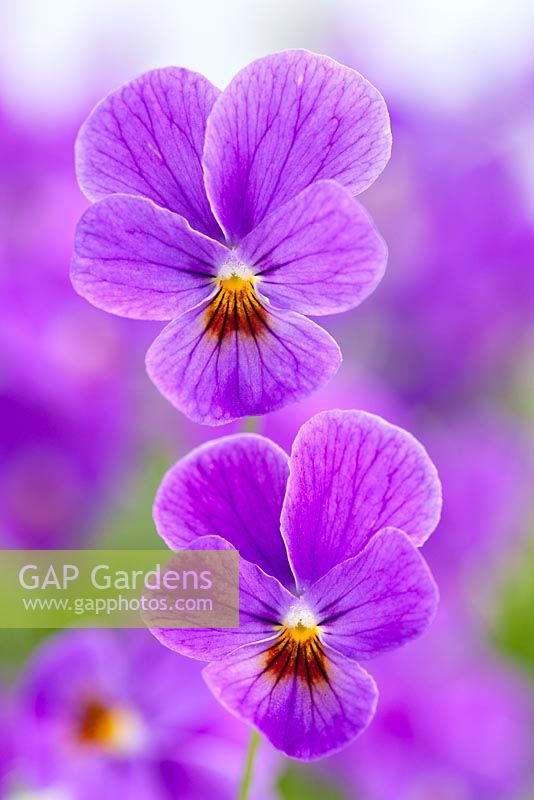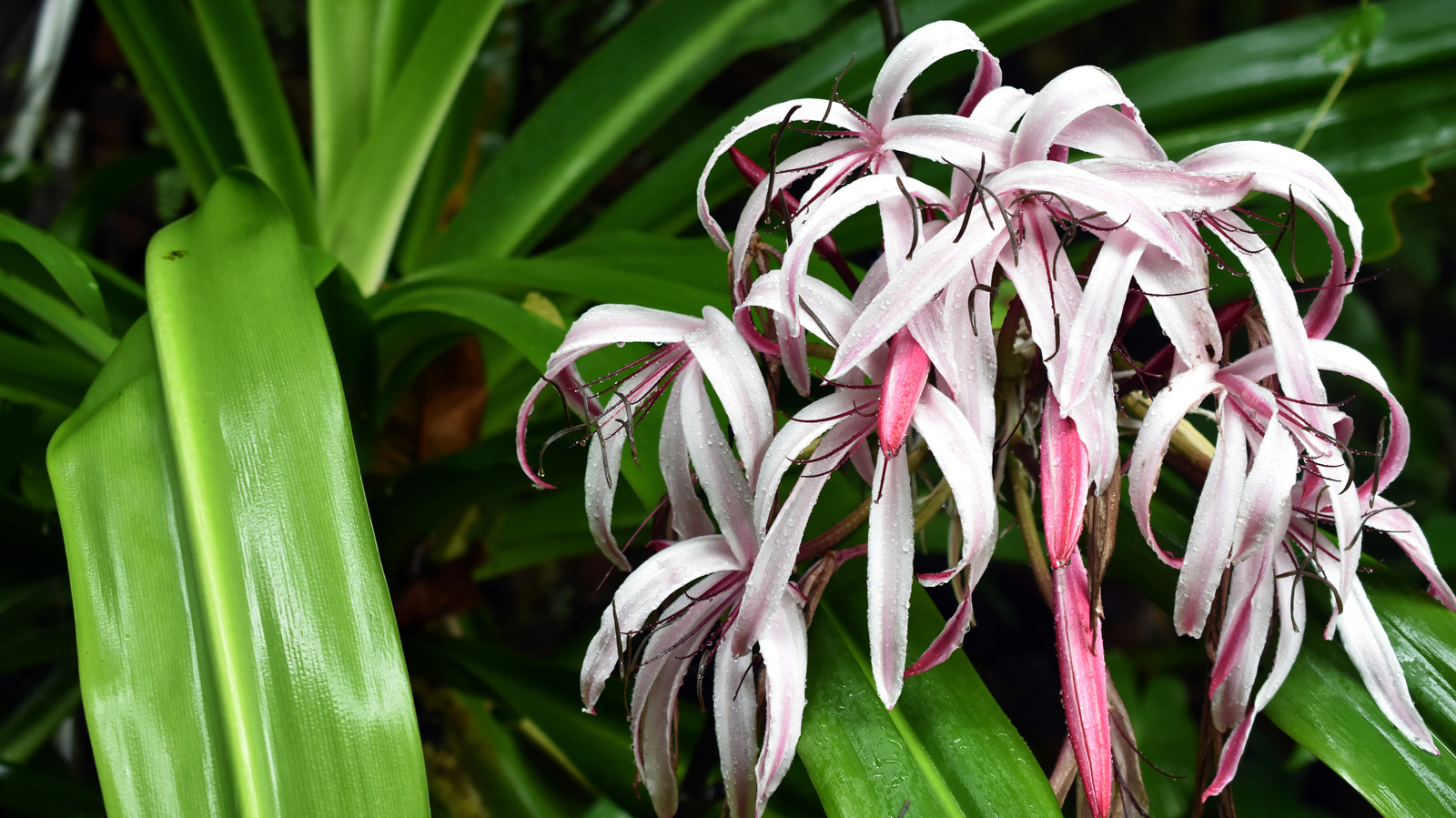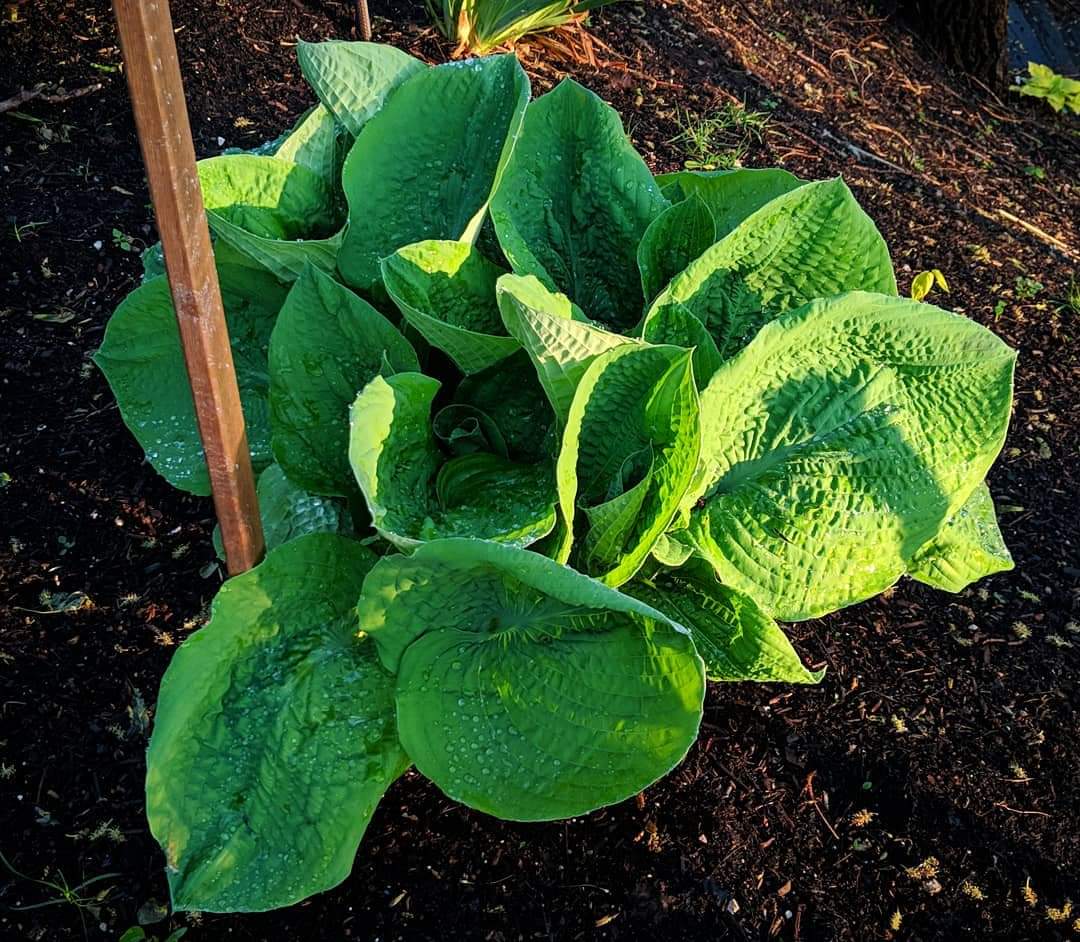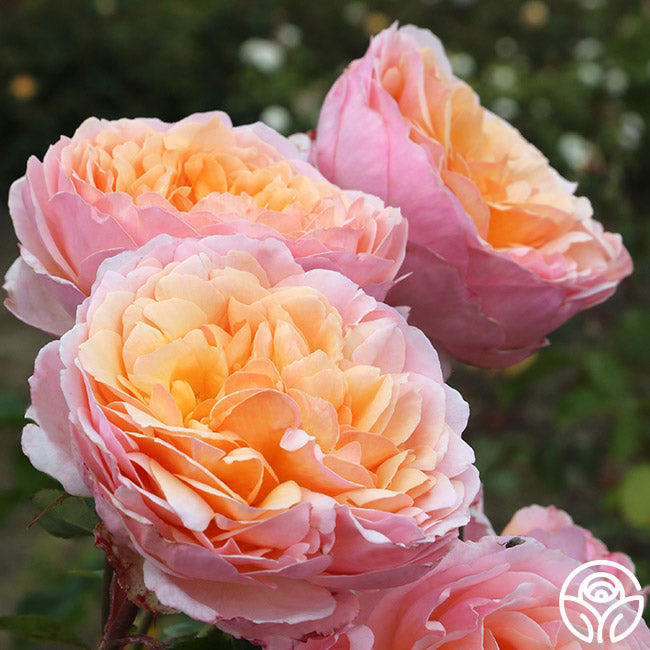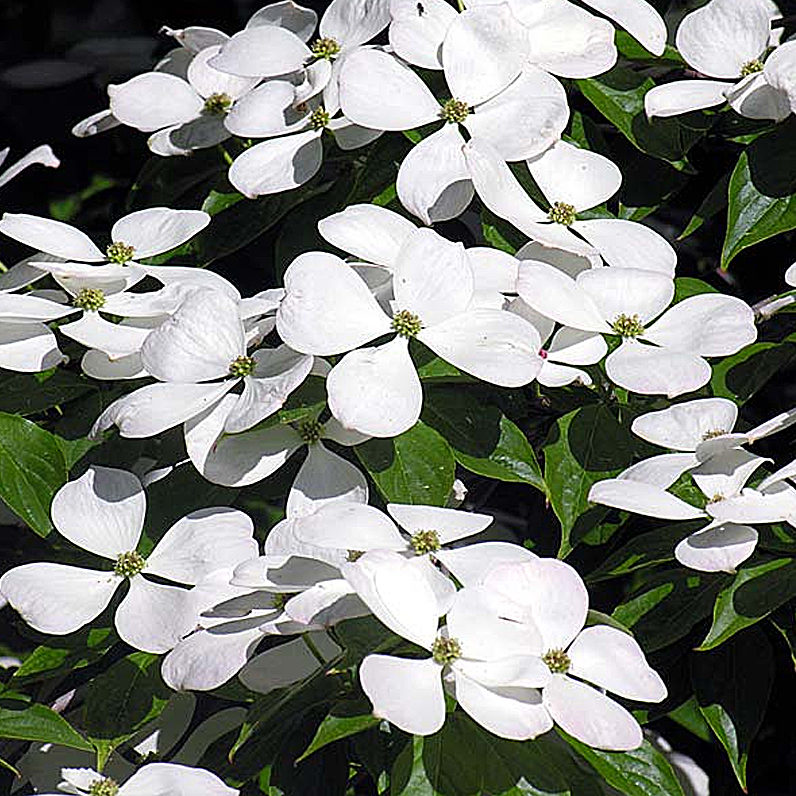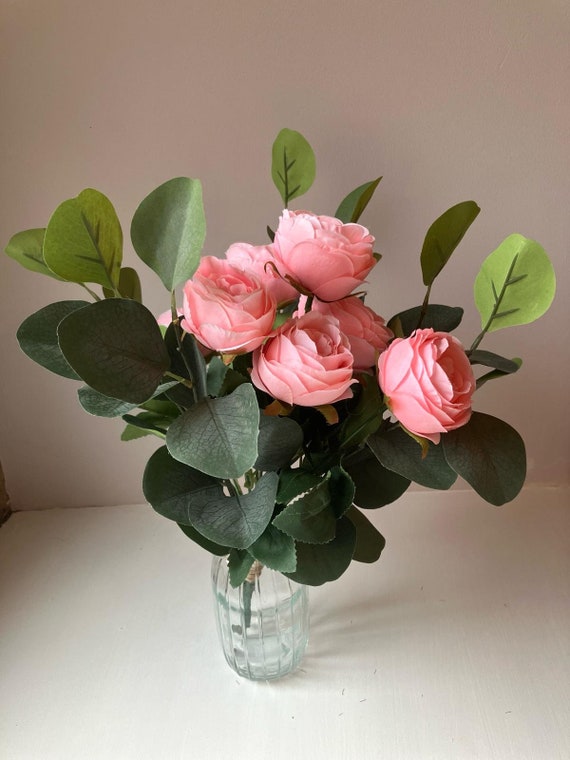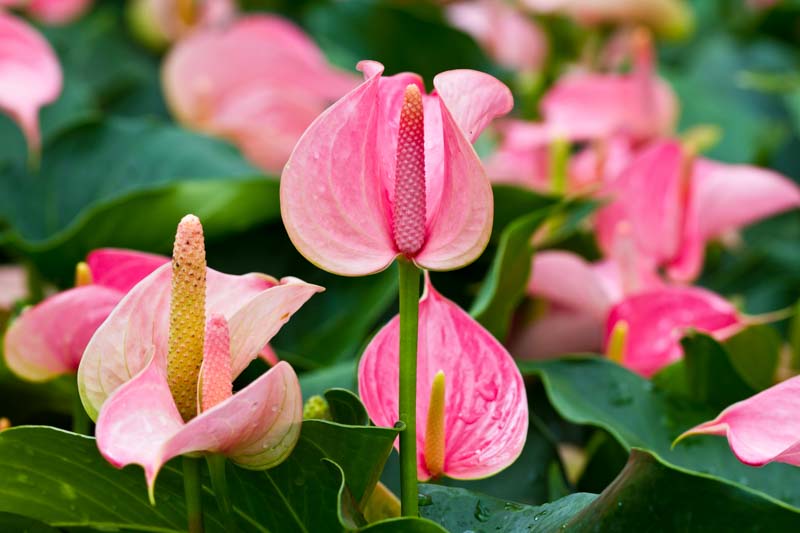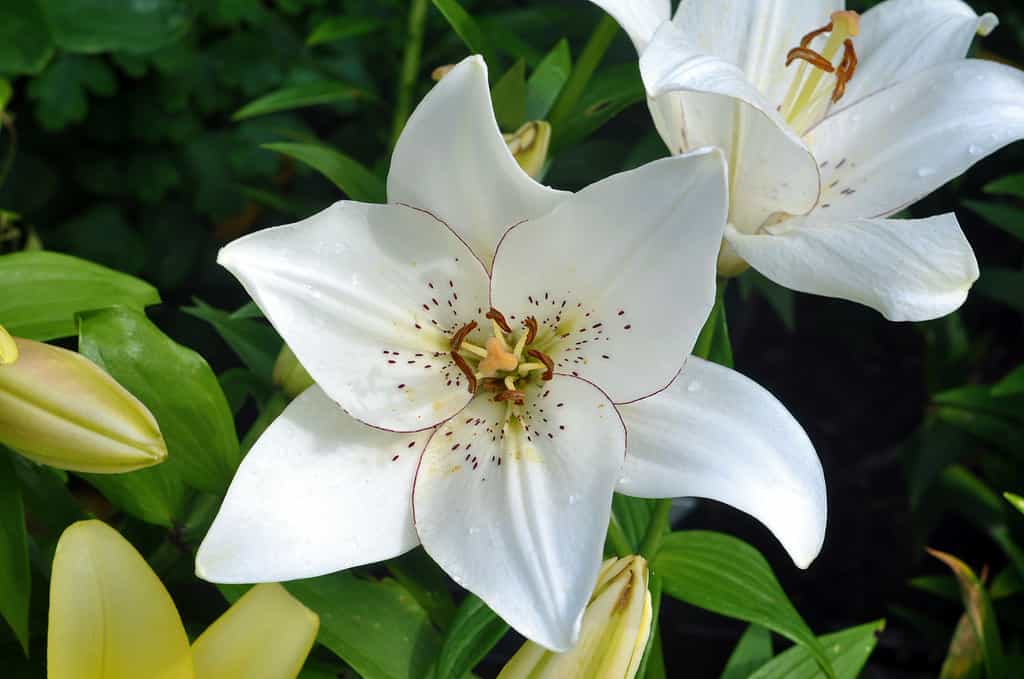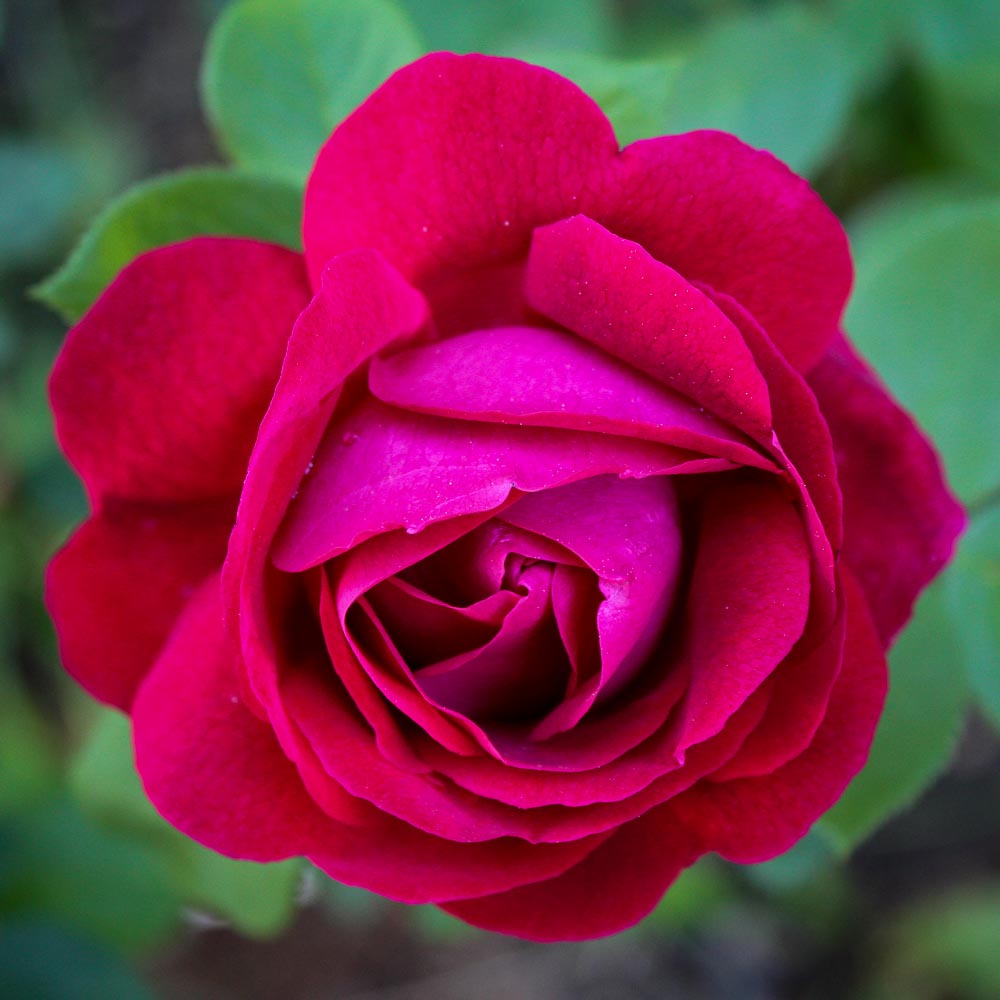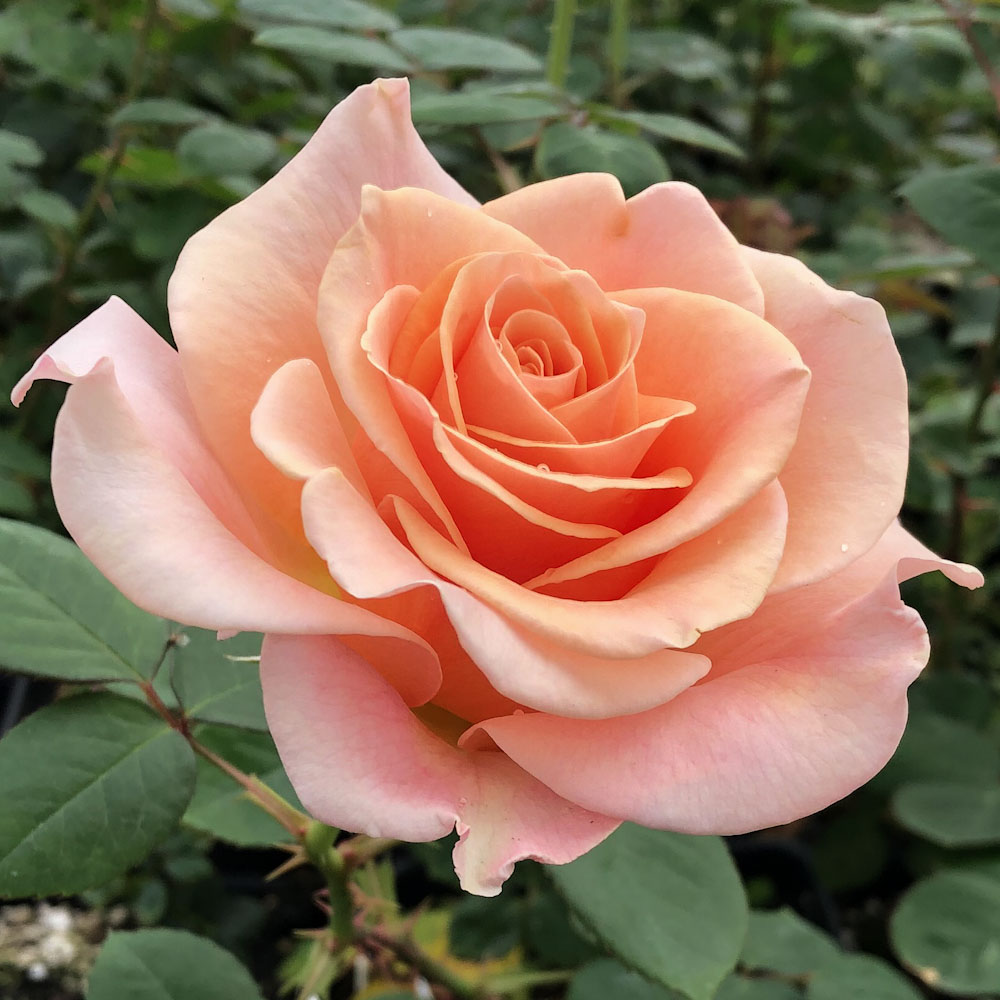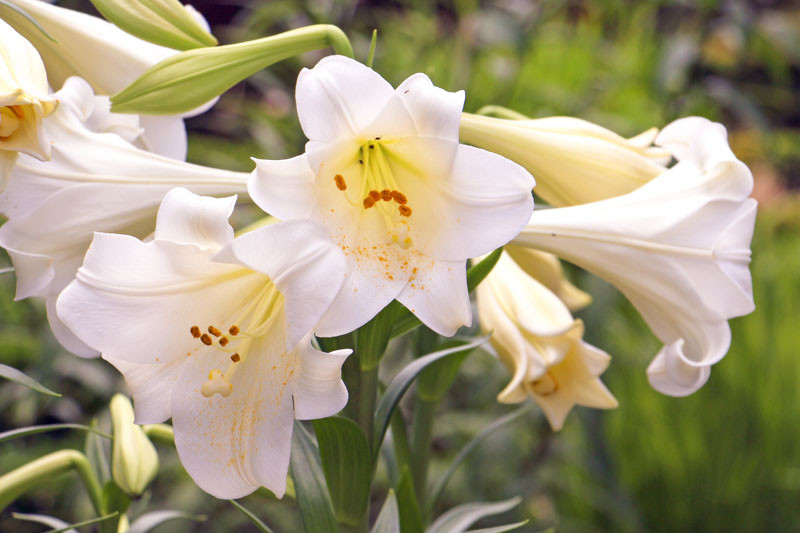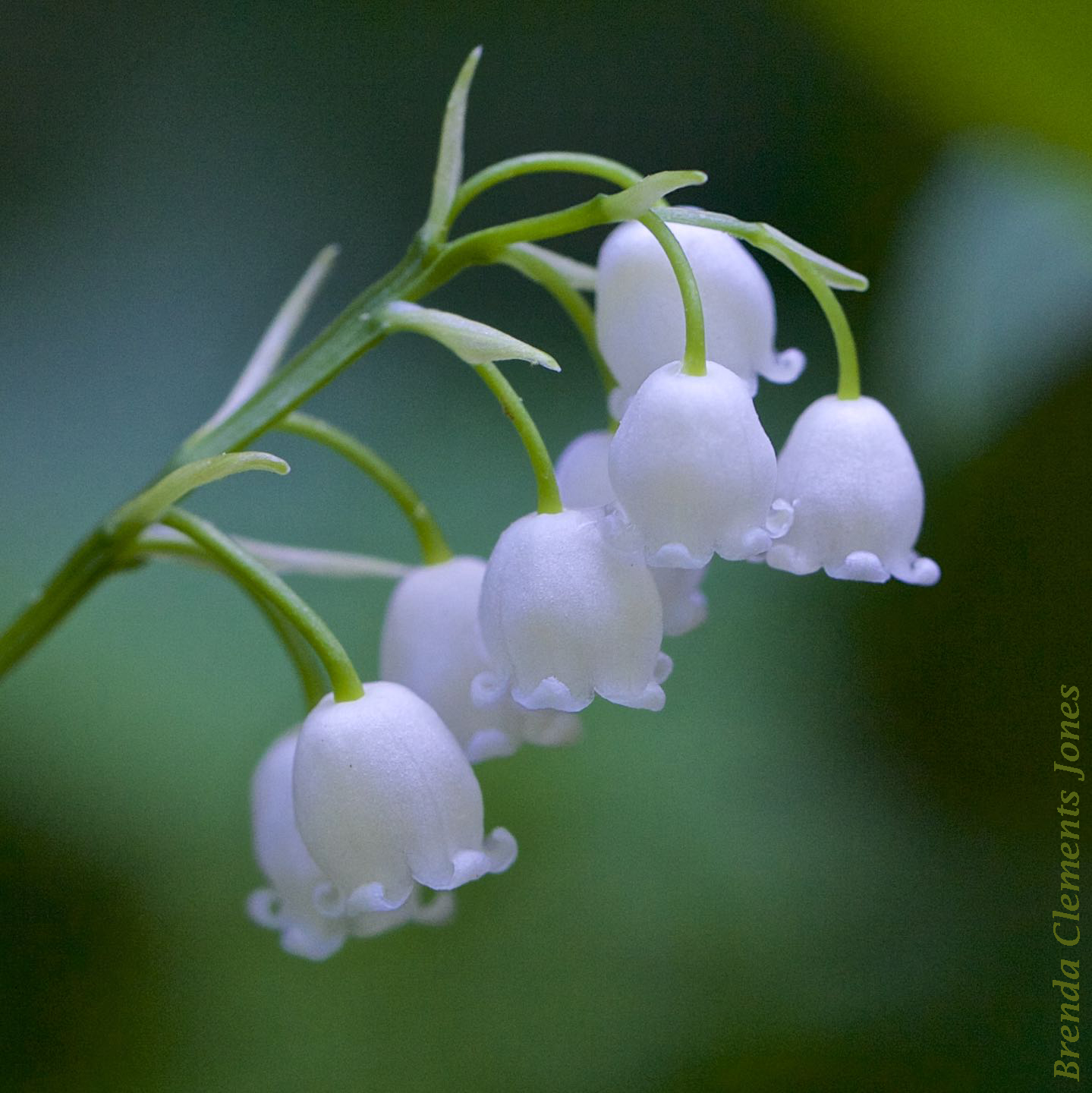
- Ranunculus Brushmark Cesar:This is a cultivar of the buttercup family, known for its unique and beautiful flower shape, with petals that are brushed with raspberry.
So that’s why Dads always sing “Build Me Up, Buttercup.”
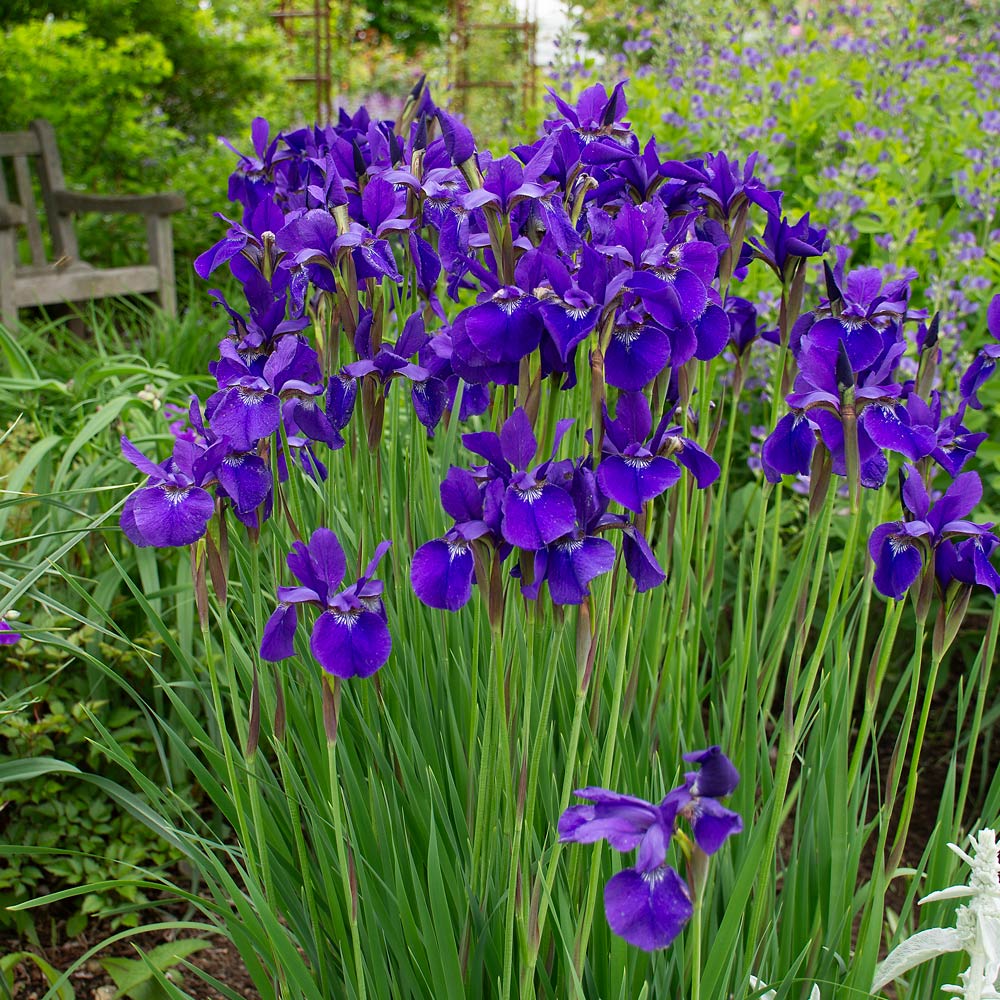
https://www.whiteflowerfarm.com/32526-product.html
- Iris sibirica “Caesar’s Brother”:This is a Siberian iris variety with dark purple flowers and refined, slender, sword-like green foliage.

http://amazon.com/URENA-LOBATA-Caesarweed-Flowering-Medicinal/dp/B0CFGQQJ1M
Caesarweed (Urena lobata):
This is a shrub or subshrub that is considered an invasive species in some areas, particularly in Florida

Climbing Rose Cesar

The “Caesar” rose, bred by Dutch rose breeder Jan Van Veen in 1981, is a Hybrid Tea rose with crimson blooms and a mild, tea fragrance, known for its small, cluster-flowered, globular, high-centered blooms.
Here’s a more detailed look at the “Caesar” rose:
- Origin & Breeder: Bred by Jan Van Veen in the Netherlands in 1981.
- Class: Hybrid Tea.
- Bloom: Crimson, with a mild, tea fragrance.
- Flower Shape: Full (26-40 petals), cluster-flowered, in small clusters, globular, and high-centered.
- Other Names: Introduced in the United States by Carlton Rose Nurseries, Inc. as “Carambole”.
- Possible Inspiration: The name “Caesar” might be a reference to the Roman general, Julius Caesar.
- There are a few roses named after Caesar, including “Caesar/Caesar’s Rose” with small crimson blossoms in clusters, and “Climbing Rose Caesar” with a pink inside and cream tones on the sides
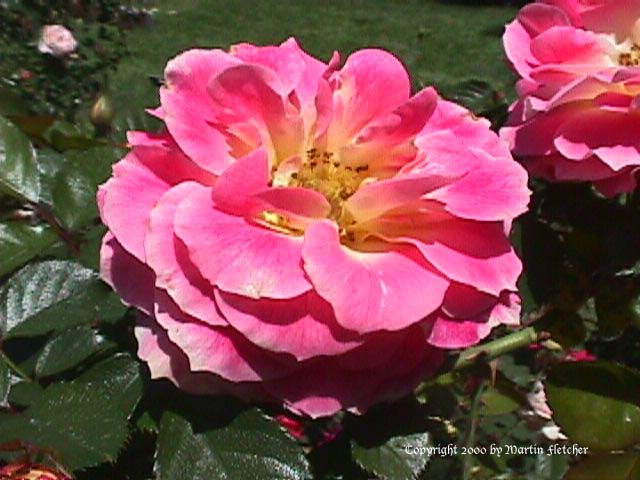
https://www.californiagardens.com/Plant_Pages/Roses/cesar.htm

‘Caesarsboom Tree” in Belgium.
I like that name – Carambole. That’s a good surname. 🤔
https://florasense.com/explore-plants/kris-plant
The plant commonly known as the “Kris Plant” is actually the scientific name Alocasia sanderiana. The name “Kris Plant” refers to the resemblance of the leaf edges to the wavy blade of the kalis dagger.
Here’s a bit more about the Kris Plant:
- Scientific Name: Alocasia sanderiana
- Common Names: Kris Plant, Elephant Ear, or African mask plant
- Appearance: It’s a tropical perennial with shiny, V-shaped, and deeply lobed leaves.
- Origin: Native to the Philippines
- Flowers: While it does produce flowers, it’s not the primary reason people grow this plant; the unusual leaves are the main attraction.
- Cultivation: It’s grown as an ornamental plant in tropical countries.
- Leaf Edges: The name “Kris Plant” comes from the resemblance of the leaf edges to the wavy blade of the kalis dagger.
Alocasia sanderiana, commonly known as the Kris plant, is a plant in the Araceae family. It is endemic to Misamis Occidental and Bukidnon, in the Philippines. It is classified as Critically Endangered by the International Union for Conservation of Nature (IUCN).

- “The 777 Rose”:There’s a rose variety named “The 777 Rose,” which is a Grandiflora Hybrid Tea rose, known for its large, double, cupped blooms.
- 77 Roses:In the context of flower gifting, 77 roses are said to represent “faith” and the belief that the recipient is your everlasting soulmate.
‘The 777 Rose‘ was named after the Boeing 777 airplane


https://www.discoverwildlife.com/plant-facts/facts-about-mistletoe
“Omela” is a name for mistletoe, a parasitic plant known for its white or yellowish flowers and red berries, often associated with Christmas traditions.
Here’s a more detailed explanation:
- Mistletoe’s Appearance:Mistletoe is a semi-parasitic plant that grows on trees, with small, inconspicuous flowers that are followed by white or yellowish berries.
- “Omela” as a Name:While “omela” is not a common scientific name for mistletoe, it’s used in some contexts, particularly in relation to Christmas traditions and as a symbol of rebirth and the fervor for life.
- Cultural Significance:Mistletoe is a traditional symbol of Christmas, often associated with kissing under the mistletoe.
- Other names for mistletoeEuropean mistletoe, common mistletoe, red-berry mistletoe
The Russian word for “mistletoe” is “омела белая“.
- омела (omela): means “mistletoe”
- белая (belyaya): means white
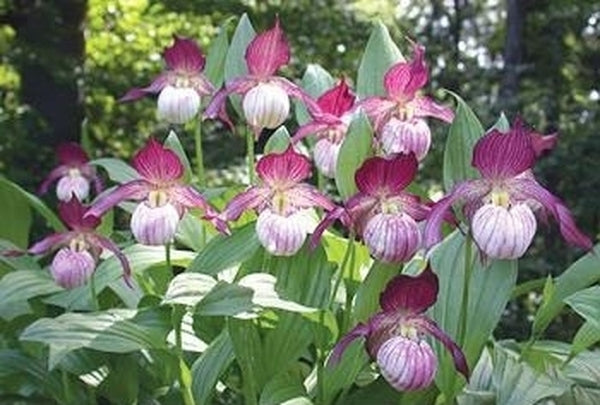
- Cypripedium ‘Maria’:A vigorous hybrid orchid with white pockets, occasionally stained with burgundy, and twisted sepals of dark burgundy.
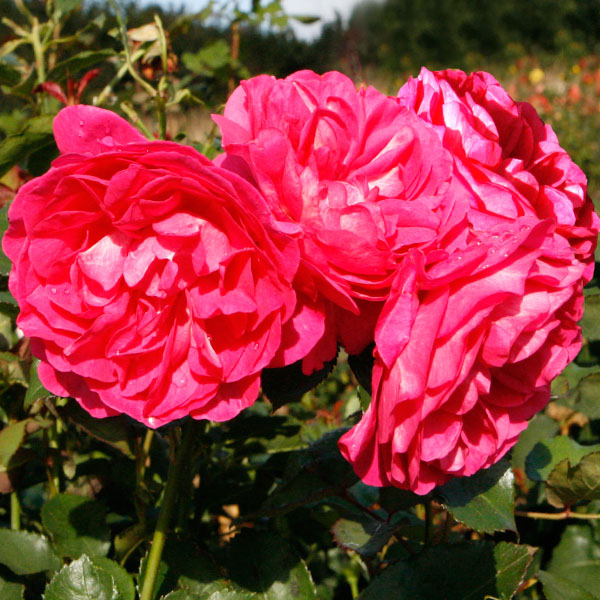
- Maria rose:A deep pink, double-flowered rose with a strong fragrance and excellent disease resistance.
- Maria Theresia Garden Rose:A deeply pink flower with a garden rose scent, ruffled petals, and a strong fragrance.
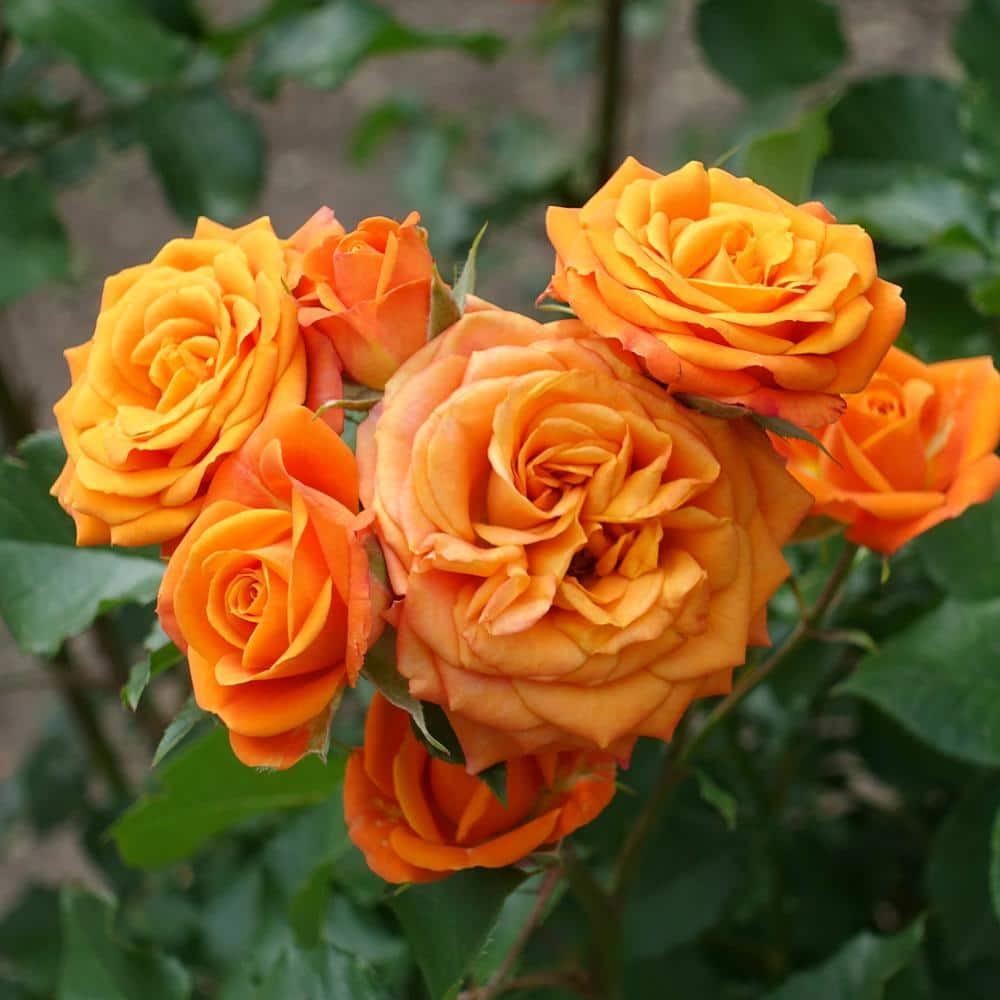
- Rosa ‘Maria Stern’:A hardy Hybrid Tea rose with large, velvety apricot-orange flowers that are free-flowering and perfect for cutting.

https://green-works.nl/en/pot-plants/cannasun/maria
- CannaSun™ Maria:A compact, yellow-flowering variety of CannaSun™ that is suitable for patio plantings, garden plantings, and public areas.
https://www.sakataornamentals-asia.com/flower/lisianthus-maria/
https://www.sakataornamentals-asia.com/flower/lisianthus-maria/
Lisianthus Maria:
A Lisianthus variety with middle size, semi-fringed double flowers, available in Maria Snow (yellow) and Maria Pink.
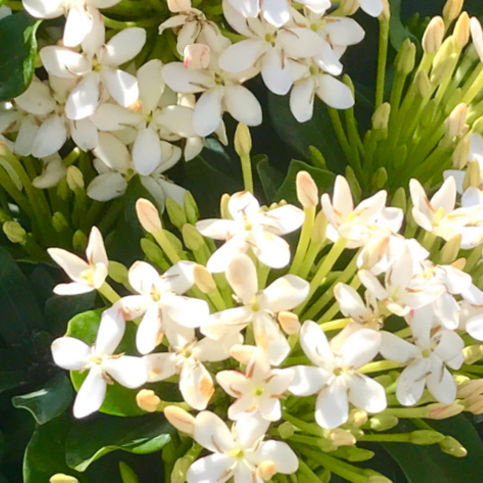
https://www.agriexpo.online/prod/vista-farms/product-178554-72866.html
Ixora ‘Maria
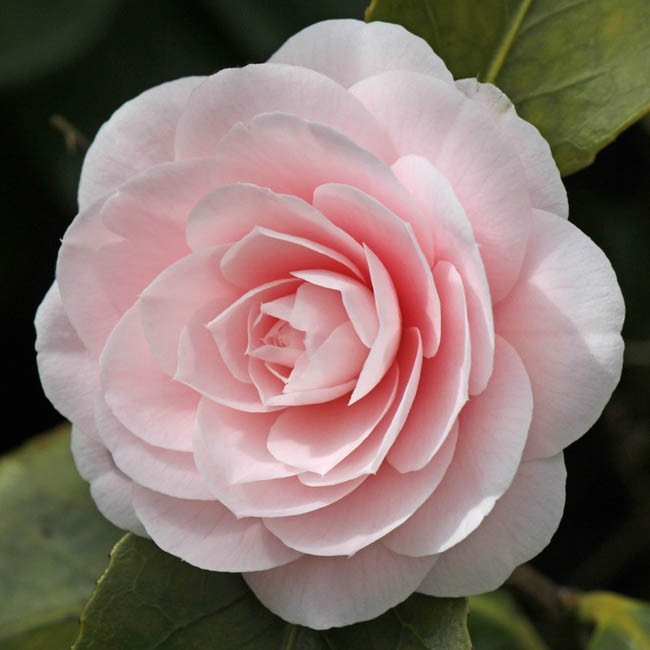
https://www.gardenia.net/plant/camellia-japonica-ave-maria
Camellia japonica ‘Ave Maria’
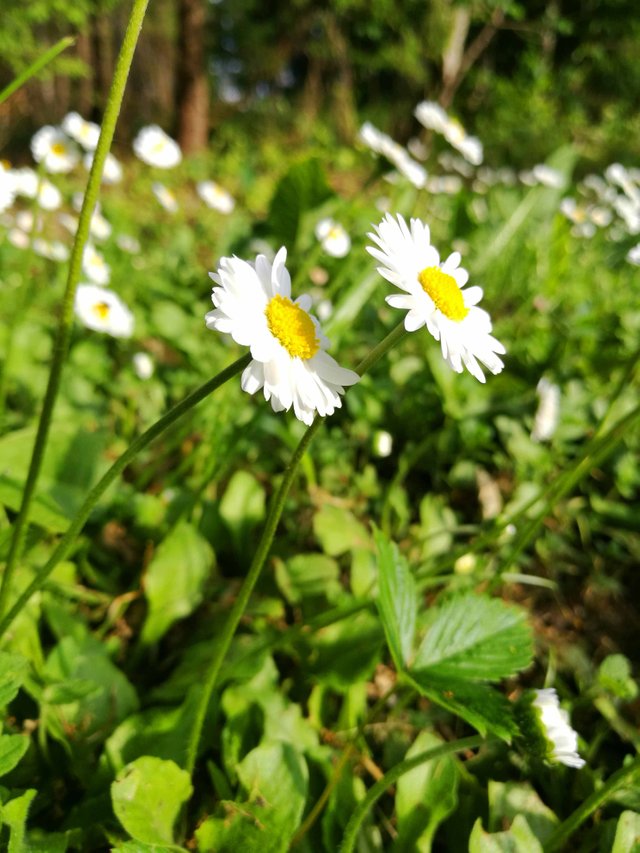
https://steemit.com/photography/@kadri/maria-flowers-or-beautiful-photography-45
Maria Flowers

https://www.syngentaflowers-us.com/product/flower/70124552
Maria™ Yellow
Mum
Vegetative
Variety ID:
70124552
Crop:
Garden Mum
Botanical Name:
Chrysanthemum morifolium
Series:
Maria™
Color:
Yellow
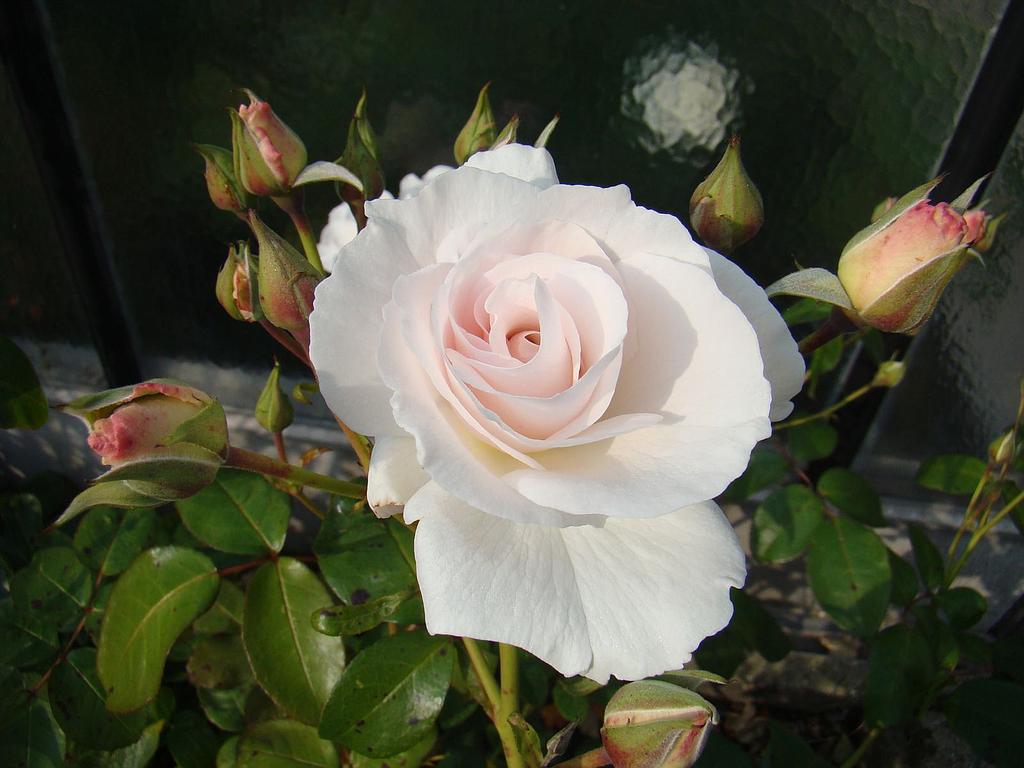
https://lens-roses.com/en_US/shop/maria-mathilda-14011
Maria Mathilda

Maria Chinese Evergreen
Several flowers have “Maria” in their name, including the Cypripedium ‘Maria’ (a hybrid of Lady’s Slipper orchids), Maria rose (a Renaissance rose), Maria Theresia Garden Rose, Rosa ‘Maria Stern’ (a Hybrid Tea rose), CannaSun™ Maria, and Lisianthus Maria.
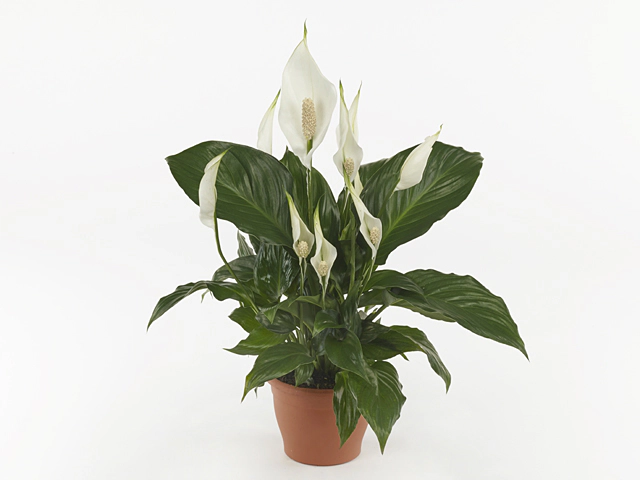
https://club.global.flowers/en/spathiphyllum/25029-spathiphyllum-sweet-mario
Spathiphyllum Sweet Mario, also known as the Peace Lily, is a stunning indoor plant that produces large white, paddle-shaped flowers with a yellow spike centre that sit high above the compact, glossy foliage.
The Piranha Plant, known as Pakkun Flower (パックンフラワー, Pakkun Furawā) in Japan, is a fictional plant species from Nintendo’s Mario franchise. It first appeared in Super Mario Bros.
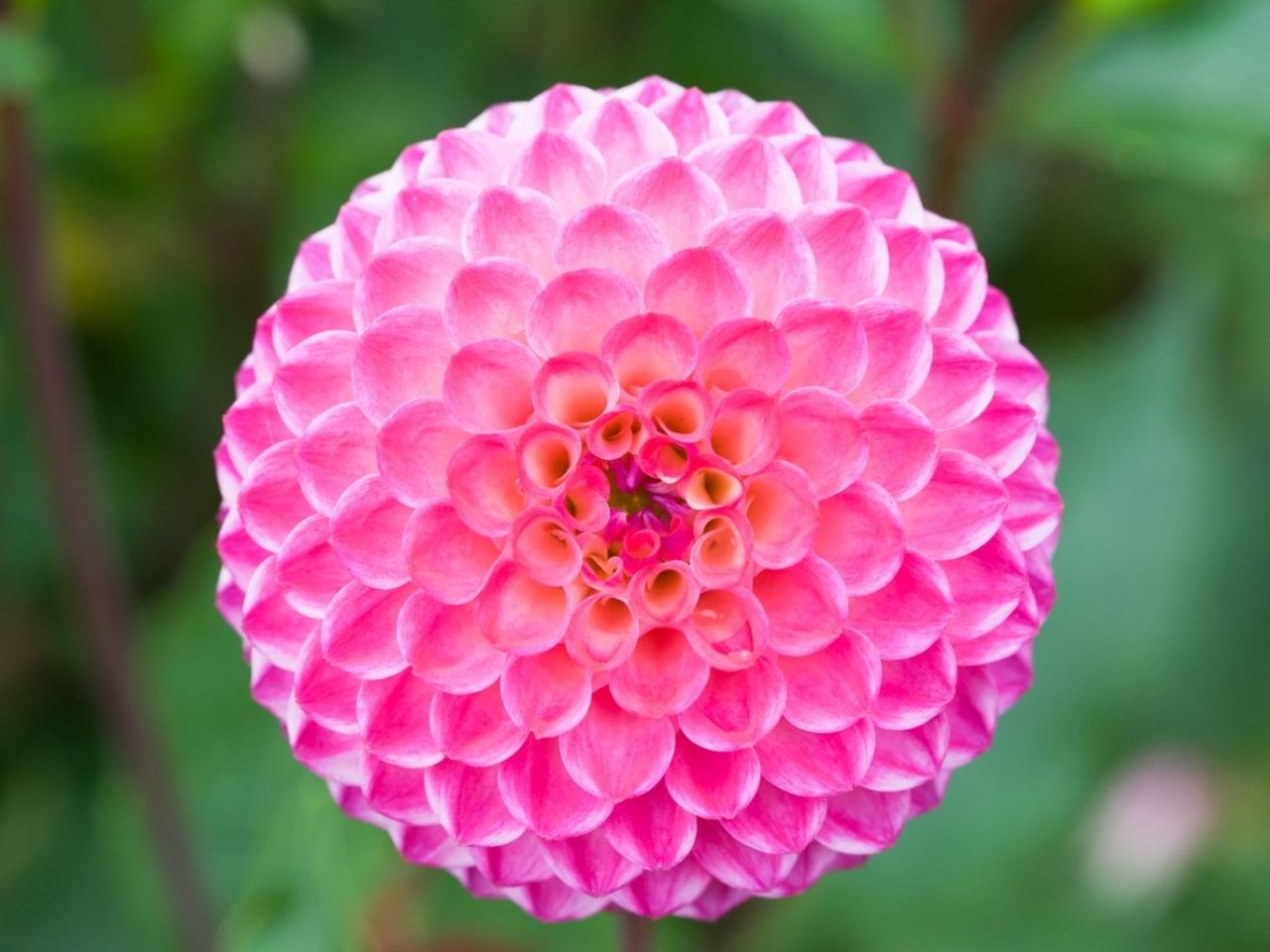
https://www.gardeningknowhow.com/ornamental/flowers/fgen/pi-day-flowers.htm
Round, purple flowers like asters also demonstrate the concept of pi. A really fun variety of primrose, Primula denticulata, is a glorious explanation of pi.
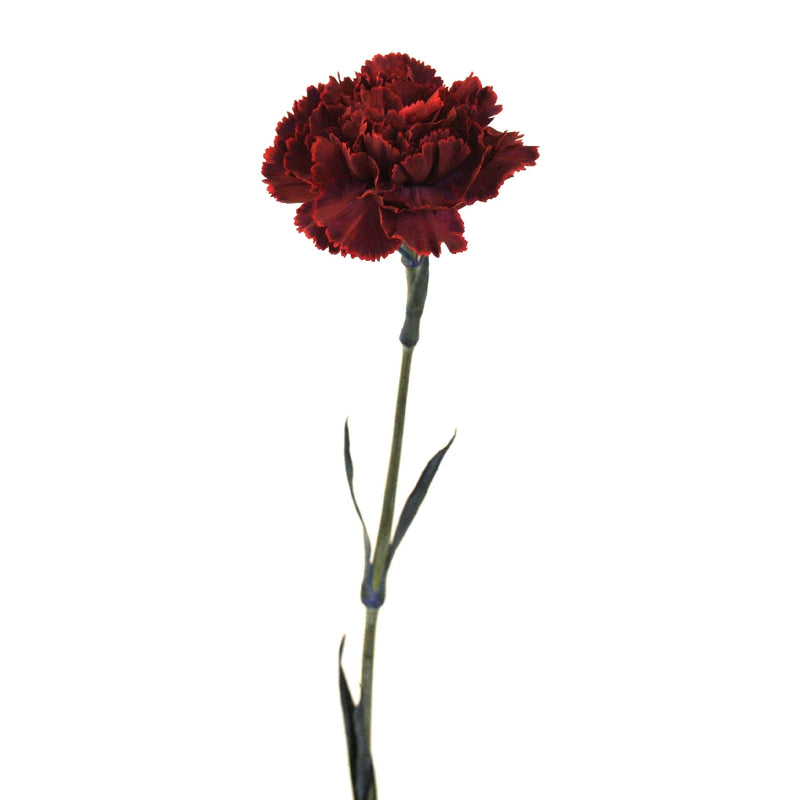
The official flower of the sorority Pi Beta Phi is the wine carnation.
Here’s a bit more about the symbolism:
- Carnation:The carnation was adopted as the official flower at the 1890 Convention.
- Wine color:The wine color symbolizes the “warm fervent loyalty” of Pi Beta Phi members.
- Other Pi Beta Phi Symbols:The arrow is the official symbol of the organization, and the angel is a symbol that many members hold close to their hearts.
- Pi Beta Phi Core Values:Sincere friendship, loyalty, and love are the core values that the wine carnation symbolizes.
i’m associated because i’m π. but my sorority is alpha omnicron pi. their flowers are the jacqueminot rose and the infinity rose.
3.14 is irrational and infinity

The zodiac flower for those born between June 22 and July 22 is the white rose, representing the Cancer sign.
Here’s a breakdown of why and what it symbolizes:
- Zodiac Sign: Cancer
- Dates: June 22 – July 22
- Flower: White Rose
- Symbolism: White roses represent purity, innocence, and youthfulness, mirroring Cancer’s nurturing and emotional nature.
~emma ruth
just messing around in nana’s garden
